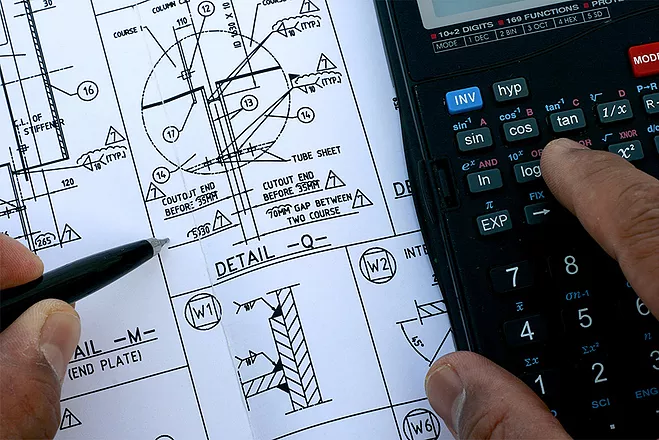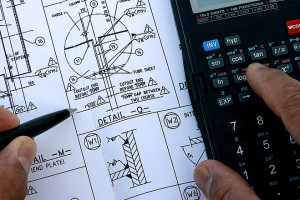 It has often been said that a good incident management team (IMT) can manage any kind of incident as long as they have the appropriate Technical Specialists (THSPs) on staff. So, a high performing IMT needs the ability to identify the kind and type of THSPs that will be required and know where to place them within the incident organization.
It has often been said that a good incident management team (IMT) can manage any kind of incident as long as they have the appropriate Technical Specialists (THSPs) on staff. So, a high performing IMT needs the ability to identify the kind and type of THSPs that will be required and know where to place them within the incident organization.
In incident response, we know we need three things to be successful: Situational Awareness, a good set of Incident Objectives, and the appropriate Resources. Technical Specialists are the key in being able to describe a common operating picture, help Command develop objectives that can be accomplished in a safe and efficient manner, and identify the suitable resources to do the work.
Technical Specialists can be categorized into two groups. The first group provides generic services regardless of the kind of incident. These could include Legal Advisors, GIS Technical Specialists, Incident Meteorologists, Training Specialists, etc. The second group of THSPs would be those who are specific to the kind of incident, such as Scientific Support Coordinators, Hazmat Technical Specialists, Epidemiologists, Structural Engineers, or Hydrologists to name just a few.
Within the Incident Command System, the THSP, by doctrine, reports to the Planning Section but may then be reassigned anywhere in the incident. For example, if THSPs are primarily needed for the development of an Incident Action Plan, contingency plan or other long range plan, they would most likely stay within the Planning Section. If, however, the THSPs are required to provide guidance in the execution of the tactical plan then perhaps they would best be reassigned to the Operations Section. A THSP whose primary mission is to provide advice and counsel to Command would best be placed in the Command Staff.
Technical Specialists can also be used to train incoming responders in the operational tactics that they will be asked to accomplish during an operational period. At the same time, it is very possible that some THSPs may not have experience in responding to large incidents or may not have training in ICS. They may not be accustomed to the regimented planning schedule that IMTs follow. In these cases, IMTs need to train, mentor and provide THSPs with clear guidance, preferably in written form. It is very easy for responders to see “mission creep” with their THSPs. For example, if a THSP is asked to provide technical advice and input to a tactical plan, s/he could end up working on independent research within his/her area of expertise. This is why it is so important to give THSPs clear direction on the IMT’s expectations.
Another good practice is to use THSPs in the delivery of briefings. For example, it is better to have an Incident Meteorologist explain the weather to operational personnel than someone who is only reporting the meteorologist’s work. Be careful to ensure that the THSPs have been provided with clear expectations for the work they are to produce and deliver and the time limits they are to meet. Use the “Three B’s”: be brief, be blunt and be gone!
Technical Specialists are critical to good incident management. Use them wisely and the team will be set up for success.


